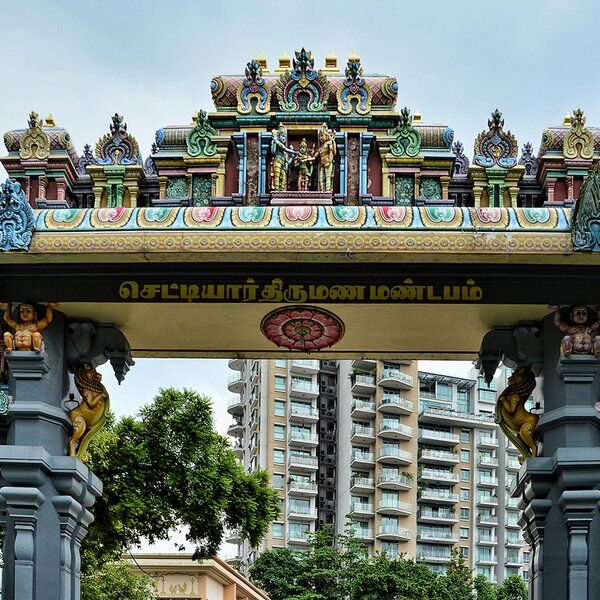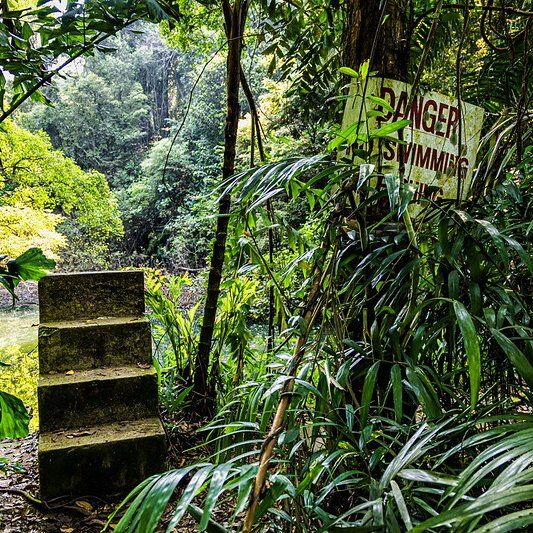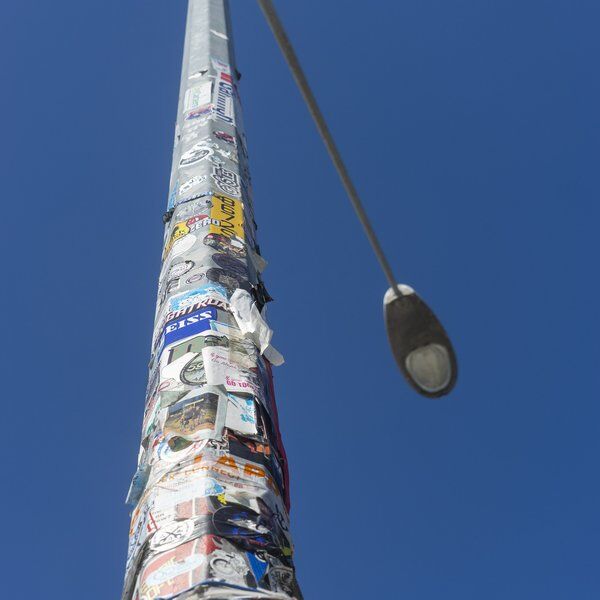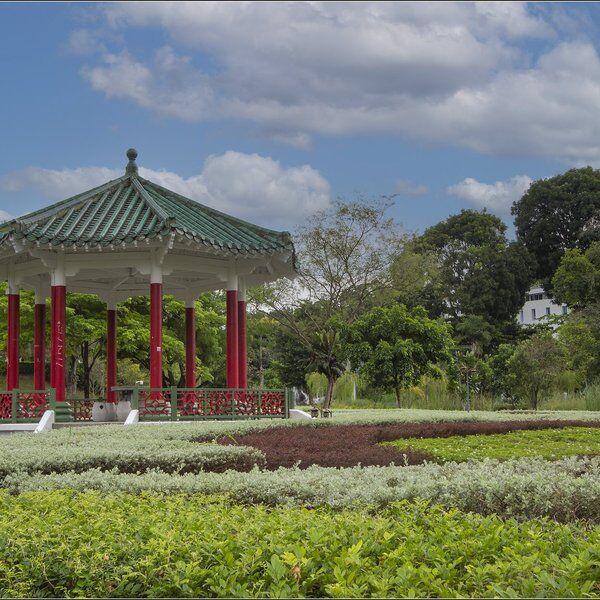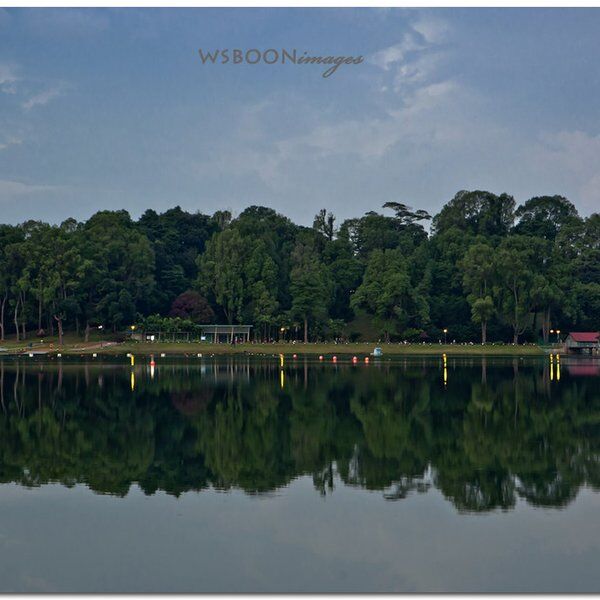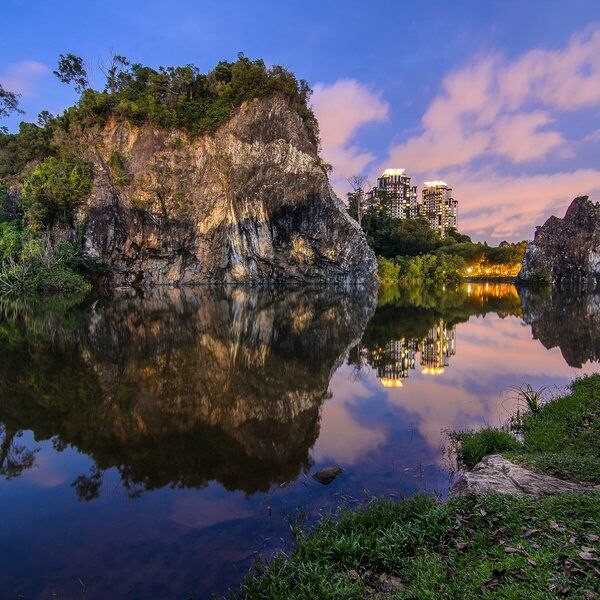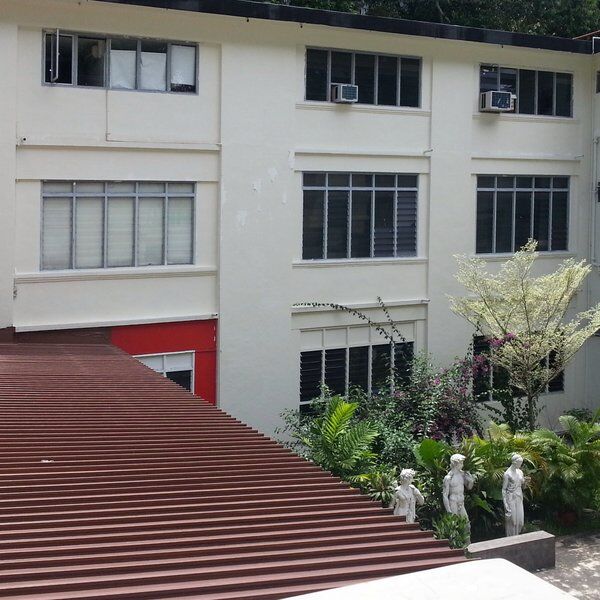Discover Yueh Hai Ching Temple
Positioned neatly between the towering skyscrapers of Raffles Place in Singapore, the Yueh Hai Ching Temple, also known as Wak Hai Cheng Bio in Teochew, is the city-state's oldest Teochew temple. Dating back to the 1820s, this 200-year-old Taoist temple holds significance as a place of worship for the Teochew community and is a notable stop on the Chinatown Clans & Associations Trail. In 1996, it became designated as a national monument in Singapore in honour of its heritage.
In a more intriguing light, Yueh Hai Ching has also earned itself the nickname as Singapore's "Temple of Love." Legend has it that individuals, searching for their soulmates, have found love and companionship after visiting this historic temple.
The History of the Yueh Hai Ching Temple
The Yueh Hai Ching Temple traces its roots back to around 1819, when it acted as the first stop into Singapore for Teochew immigrants arriving from China. Initially, a humble attap shrine, dedicated to the Chinese sea goddess Mazu, was erected by these immigrants on Philip Street. It was known as the “Temple of the Calm Sea”, serving as a place where seafarers could express gratitude for safe voyages into Singapore.
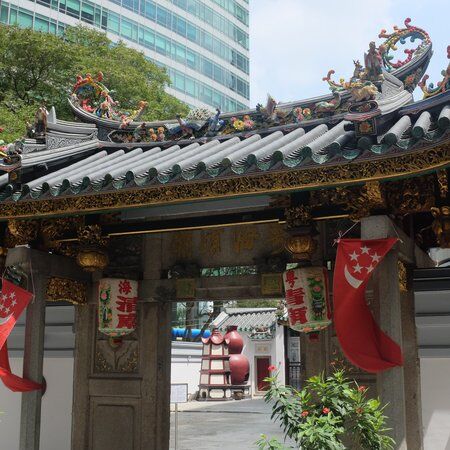
In 1826, the simple shrine was replaced by a proper temple, initiated by a man named Poon Lim. It became not only a place of worship but a community hub for the growing Teochew community. Organised by Seah Eu Chin, a wealthy merchant, collections from this community later funded the rebuilding of the temple from 1852 to 1855.
Managed by Ngee Ann Kongsi since 1845, the temple underwent major renovations in 1995-1997 and 2011-2014. The latest restoration, costing S$7million, earned Yueh Hai Ching the UNESCO Asia Pacific Heritage Award for Cultural Heritage Conservation.
Inside Yueh Hai Ching Temple
Covering 1440 square metres, Yueh Hai Ching Temple has two prayer halls, dedicated to two deities, referred to as Mah Miu or Twin Temples. The Tian Hou Gong venerates Goddess Mazu, while the Shang Di Gong pays homage to Xuan Tian Shang Di, the Teochew patron deity.
The Teochew-style roof is the highlight of the structure. It is embellished with three-dimensional statues crafted on wood with gold foil and paint. The statues depict traditional Chinese scenes and symbolic mythical creatures symbolising strength, posterity, and longevity.
Feng Shui
The sheltered courtyards and gardens were designed in alignment with Feng Shui principles, focusing on a southeasterly direction, to maximise fresh air and sunlight.
Colour use is also important in Taoism, as they symbolise different elements. Blue represents the sky and is used mainly on beams and plaques, while yellow symbolises grandeur and can be found on statues. Red, associated with overall luck and prosperity, is applied on doors and roofs, and green, representing the water element, is found on roof altars, boundary walls, and plaque backgrounds.

Cultural Artefacts
This Taoist temple is enriched with cultural artefacts dating back to its establishment. Overall contained within the temple there are:
- 19 temple plaques
- 11 sets of couplets
- 2 stone inscriptions
- 1 bronze inscription
- 2 bronze bells
- 5 inscribed beams
- 2 ceremonial placards
- 1 “cloud coard” wooden chime
Finding love at Yueh Hai Ching Temple
Yueh Hai Ching Temple in Singapore is not only a place of worship for the sea goddess Mazu and Xuan Tian Shang Di but also a significant location for those seeking love and marriage, as they pay homage to Yue Lao.
Many worshippers seeking out their soulmates through prayer to the God of Marriage and Love, have indeed found their current partners. Whether this can be attributed to mere coincidence or divine intervention, the love stories concerning Yueh Hai Ching are a beautiful side-story to the temple. And, they also attract more worshippers to the site!
Discover More of Singapore With CityDays
Ready to discover more of what Singapore has to offer?
CityDays have a brand new treasure and scavenger hunt in Singapore which combines the fun of an escape room with the historic facts and whimsical trivia of a walking tour!
Take the stress out of planning your visit to Singapore and book your adventure today!
Not visiting Singapore this time? Don’t worry, you’ll find us all over the world.


